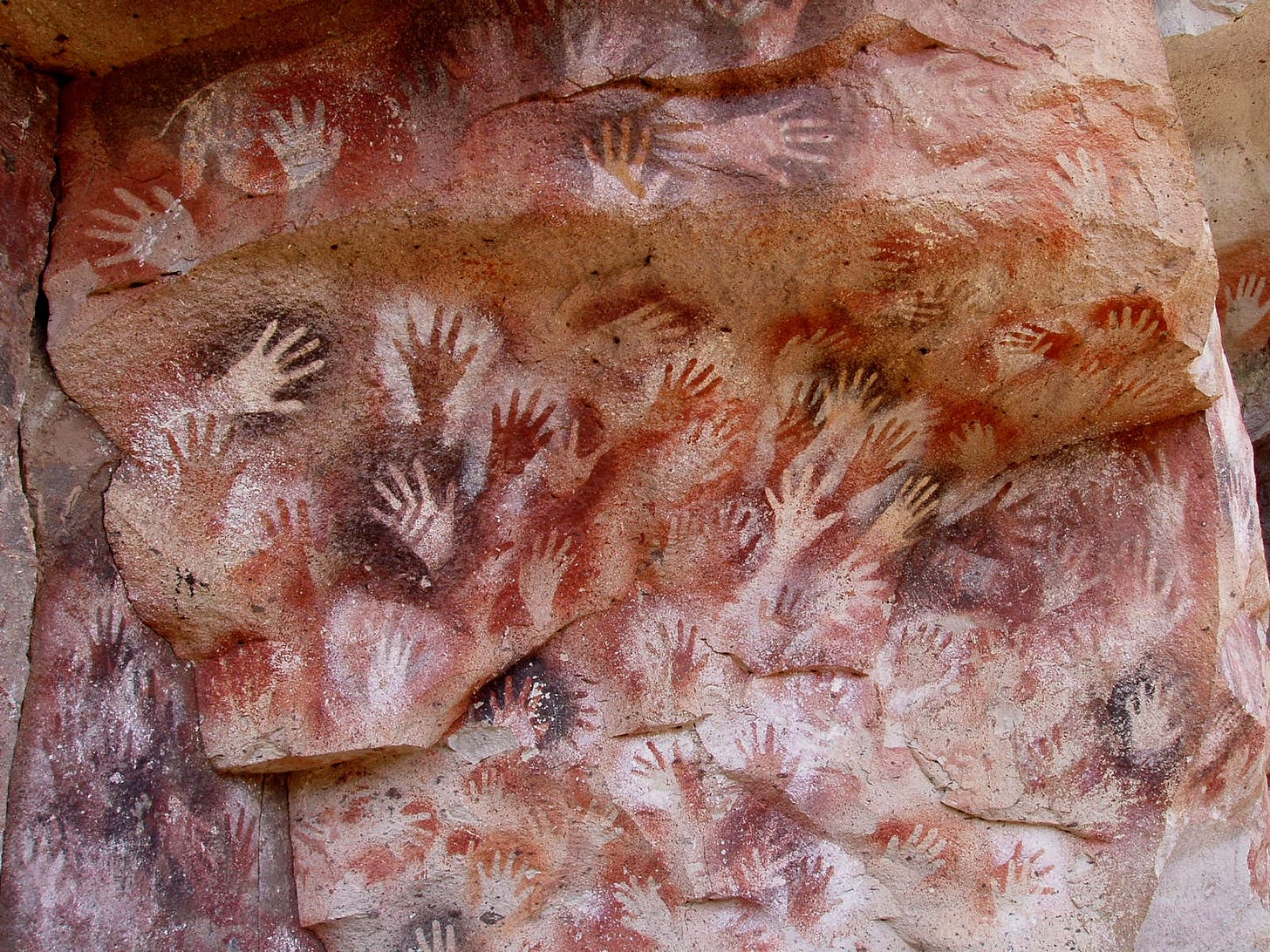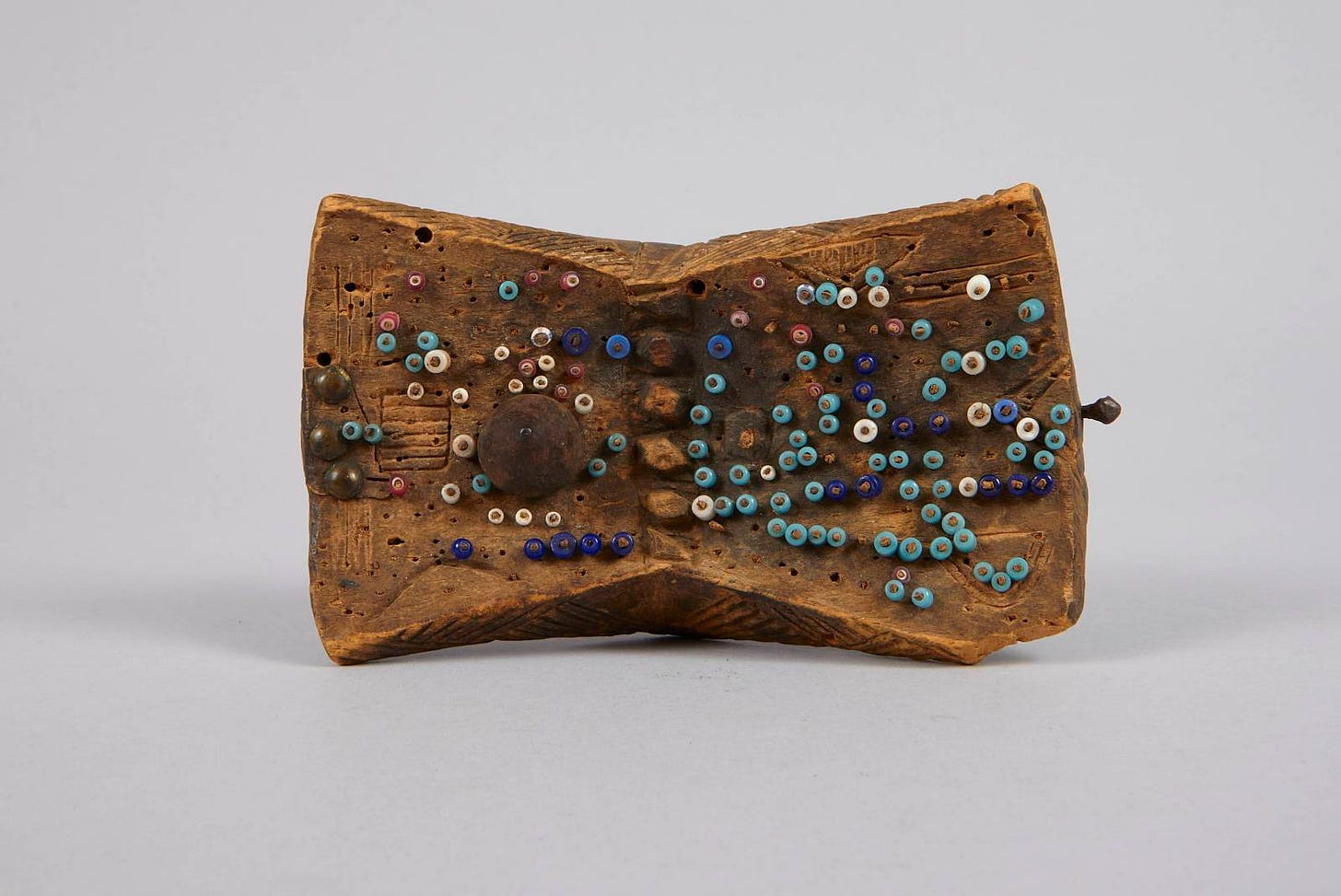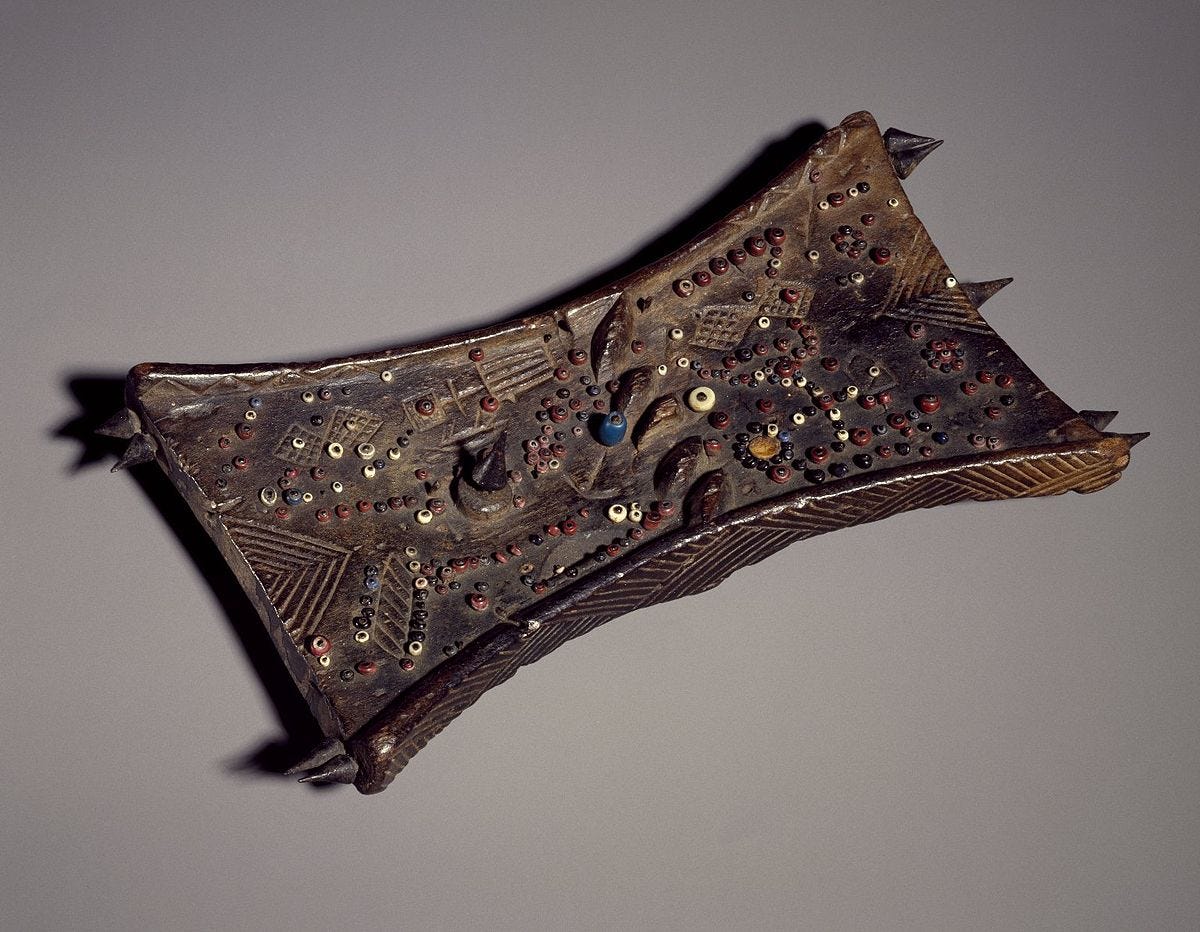We Remember "The Future" Before We Create It
The World Is Remembered Before It Is Remade

This is a riff about “the future”.
I use my future and fiction filters to distill thoughts into words.
It’s an essay and it’s fiction. It’s history and story.
In an earlier piece about Information and Attention, “A Great Interruption Begins”, I upset Engineering and English majors alike. This week’s follow-up risks irritating the impatient, who read for the lede, by provoking more questions than spoon-fed answers.
Here’s a teaspoon of the idea for a taste:
Impatience is corrosive.
The Future, as a promise, where yesterday is transformed into tomorrow, is protected by memory. To protect a promise, we must remember it.
An impossible illogical idea to consider: Remember The Future.
This snippet of poetry I found a few months ago inspired this riff:
And now I see with eye serene
The very pulse of the machine;
A Being breathing thoughtful breath,
A Traveller between life and death
-William Wordsworth (excerpt, “She Was A Phantom Of Delight”)
Patience is in short supply. It is not a virtue in a world of breaking news and “move fast, break things”. Its cousin is persistence, a bland flavor when compared to passion.
And who can blame anyone? Long nights of the soul, where heavy lifting, life-long, lasting work is done, is not as fast and fun as one night stands with shiny new things.
I ask myself a question, what do we do? The future must be remembered.
The next question: How do we remember the future?
My answers, after swiping from the ancient Aegean, are found in Caves of Memory.
In these caves, we’re not binge-watching shadows on walls, we’re leaving messages.
Our memories are caves where we keep everything that happens and happened. Memories, like ancient cave paintings, half-artisan and half-art, are archives of what worked or what mattered, passed around and down, greetings and instructions from the past to help us. The caves are where everything that will happen is first imagined.
As the past advances with each sunset, each evening is deep time for the imagination.
Imagination germinates into creation (of the future!) but it needs help.
Creation blooms only if it is sustained by attention.
Sustained attention quenches imagination’s thirst.
Stored attention is preserved into memory.
The oldest means, maybe the only means, to store attention is Story.
Story is bottled in mythology, history, and models of reality. Our stories, even our myths, are machines and messages for the future. Story is a conversation.
Imagination leads to Creation which multiplies with Conversation.
Our greatest civilizations thrived, when their hearts filled with the lifeblood of people, in the Agora, the gathering places.
People were made for each other.
We are the gathering places, the gathering places are us.
Our longest lasting places are our stories, our stored attention brought to light, outside the caves of memory. A hollowed land cannot stand. A hollow promise collapses inward. Each time, a people fades and erases itself from the memory of Man.
We must maintain the Long Conversation with our future selves to create The Future.
I think about fascinating things, including Lukasa memory boards of the Bambudye.
They remind me of circuit boards, semiconductor chips, and the city grids of today.

Long before the printed word, there was the image, the picture, and painted scenes reenacting our sense memory of sight. The galleries of memory are made of stories of scenes. Leaping forward tens of thousands of years into very recent times, as the Enlightenment became Modern, when the printing press went from bible to biotech, we still do the same as cave paintings, speaking to those yet to be born.
Each time we “remember the future”, we believe without fail that there will be more ahead than behind us, and so we continue to fill our caves of memory.
Imagine the idea of a belief that may be hundreds of millennia old, as old as language.
Language itself may be 100,000 years old or more. Some of the oldest discovered symbolic images on cave walls are about 70,000 years old. It is believed that even their location, in deep, hard to access recesses of the Earth, were acoustic sweet spots where sound resonated, the sound of ancient voices in conversation. There is a hypothesis that some ancient images and markings may have been inspired by ancient artists making notations of the sound of voices. Imagine such ancient sheet music.
There is a furniture conservator in London, Ben Bacon, who helped decipher markings on cave paintings, about 20,000 years old, which recorded the rhythms of nature. Mr. Bacon talked with academics, while studying what was available through the British Library and the Internet. In total, there are about 400 caves in Europe, some as old as about 40,000 years, in a period when cave paintings moved from the abstract, to the figurative.
The memory of animals in the story of these paintings were recognizable but there were other memories, more cryptic, other markings, of vertical lines, dots and “Y” symbols. Mr. Bacon’s imagination was captivated and he fed it with his attention.
The creative work became part of a Cambridge University paper entitled, “An Upper Palaeolithic Proto-writing System and Phenological Calendar”, whose abstract stated that these markings were, “the first known writing in the history of Homo sapiens.”
The original artists in the caves were not just painting for painting’s sake, they did it for their people, their loved ones. The artists were also archivists marking the reproductive cycles of animals. These truly were among the first literal caves of memory, history and story, of their recent past and research notes for their future.
Mankind’s long conversation continues.
This is a stepping off point, where the real riff begins, about what I imagine is coming.
The fiction writer in me is working through our potential future.
Those of you still here, brace yourselves.
I am adding to a WISH LIST for a new “Bicycle” to go off-roading on the next “Internet”:
The “story” of story itself has been an evolving collection of tools for sounds, images, and feelings. New tools are being tested, and stories continue to multiply in new caves.
What are the next tools of story? Where is the Next Conversation happening?
Here’s where I turn the dial to “11”, complete with lots of run-on sentences. I’m sure what I call Instrumentalities will run a Hemingway Test and put me in “writing rules jail” but that’s the only “edge” I have: no rules. You have the same edge too.
A conversation has premium value because it does “not scale”.
To date, conversation has been between humans, even if it’s envy, rivalry, mimicry, or because you remoted with so-and-so, read their piece, saw their post, learned of it third-hand through a note passed to your left hand, while you held a smart device in your right, we create new stories. It’s a “game of telephone” from past to present and beyond.
What happens if everything becomes conversation (even if it feels one-sided at first)?
New stories are coming, as our “compute” leads to less finding the thing, and more talking and nudging an Instrumentality into making it just for you. (But you can share them in human conversation, and the game of telephone adds changes.)
Search engine optimization gives way to Socratic Engine Operation, and you’re having conversations with your bespoke modded models, like an endless army of clerks in a countinghouse adding up ledgers made of training data and connecting ideas in them for you, as surely as a human operator for a copper wire network used to connect our phone-calls for us at our prompting between different nodes of exchanges Remember, we’re the ones who having a back-and-forth conversation, as we give instructions, for connection, whether it’s between people, or ideas and stories trained into future instrumentalites.
It’s still conversations all the way down.
UNIQUE GENERATIVE CONVERSATIONS
Farewell, second brain, we’re in new bicycles of the mind with our first brains nudging instrumentalities to augment our first impressions, in conversational call and response. We’re exploring through experimentation, and it’s early days, a sweet ride with training data during this wobbly, exciting training wheels stage.
The first stories were in the oral tradition, a recounting of ancient memories, conversations from one to many. If the next stories include conversations with instrumentalities, the new “UGC” of Unique Generative Conversations leads to stories which could be so bespoke that many will not be “viral”, valued by a few true fanatics. Social networks, where users used to be products, may transform into interest grids.
The story of the breakthrough of ML attention models, where relatively small data sets meets cute with big compute, does not kill story so much as changes their formats.
Stories survive migration to new formats because they are the “base layer” underneath.
Today, we watch streams of recorded enactments, of stage plays, which enacted and portrayed the words printed on books, transcribed words written by scribes, based on stories that were once told by custodians of memory, under the stars around the warmth of a hearth, on an ancient evening.
For me, this leads me to do more than believe, it leads me to know that the next stories are not part of an artless revolution, as surely as personal computing did not mean a paperless office. (Consider “canned music”, which did not kill the desire and demand for music, quartz movement technology, which did not kill watches, or synthesizers which did not mean the end of music in the 1980s.)
The arc of new weird tech > rich toy > mainstream tool > back to rich toy, will unfold again. Art lives.
From a money point-of-view, there’s a magic space which opens up for the individual: It’s inside the overlap between our intimate individual, hopefully thick desires, our reasons “why” we do a thing, which feeds the needs of other people, but not everyone, because it may not be viral but it will be vital in the interest grids coming our way.
The Future is coming, all it needs is attention and patience, it needs to be remembered.
Extra:
Will the next caves of memory will be made with light? Will they include Neural Radiance Fields, “NeRFs”, stored via with Arweave for our children and grandchildren?
On a long enough timeline, the Next ‘Verse will be just a part of ordinary life. Nothing I can riff about will be extraordinary. I maybe wrong, off the mark, or even quaint because I am confined to my time despite my imagination, but I know the long conversation will go on and on into the future.






As always, your words leave me contemplating life and really thinking about what you wrote. My future life.
I'll never be a wordsmith as good or thought-provoking as you are, but this is why I love writing and reading others. There's so many things we have no idea about or knew we could learn about. My favorite "futures" writer, Edward!